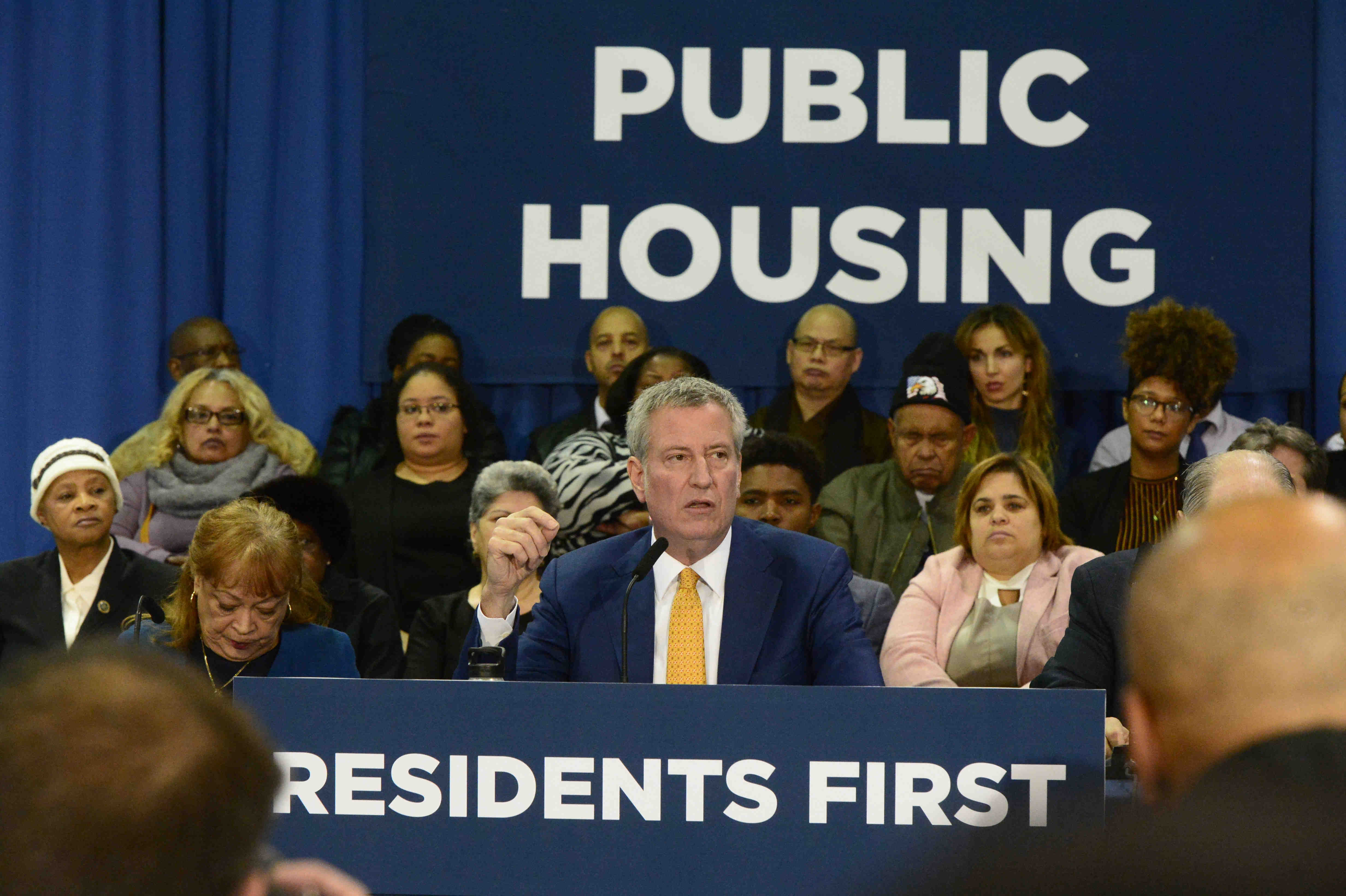OPINION: More training for managers needed to stem NYCHA’s woes

Within the past few years, the New York City Housing Authority and its housing projects have been plagued by one scandal after another.
Earlier this year, federal prosecutors found that city housing employees lied to investigators about their compliance with lead-paint removal regulations. The city Department of Health reported that 820 children under the age of 6 were found to have elevated levels of lead in their bloodstream between 2012 and 2016 due to exposure to lead-based paint.
Most NYCHA projects were built in the 1950s and ‘60s, when lead-based paint was still commonly used in construction.

Brooklyn Boro
View MoreNew York City’s most populous borough, Brooklyn, is home to nearly 2.6 million residents. If Brooklyn were an independent city it would be the fourth largest city in the United States. While Brooklyn has become the epitome of ‘cool and hip’ in recent years, for those that were born here, raised families here and improved communities over the years, Brooklyn has never been ‘uncool’.